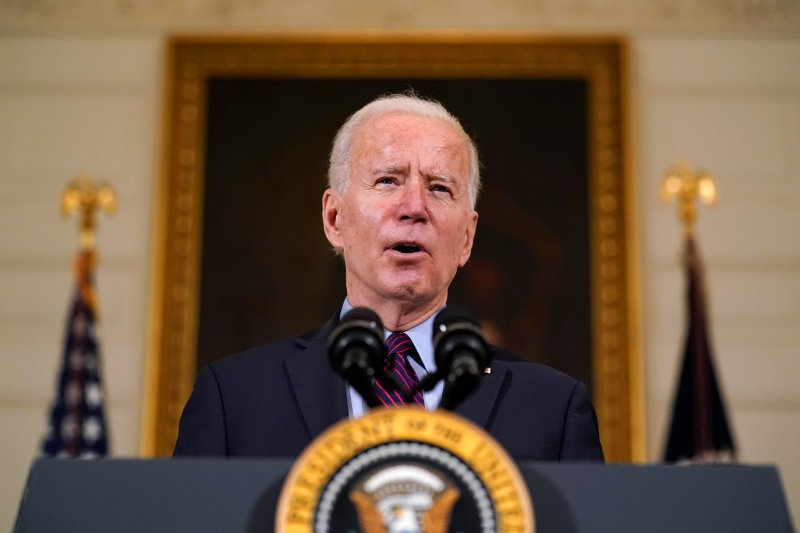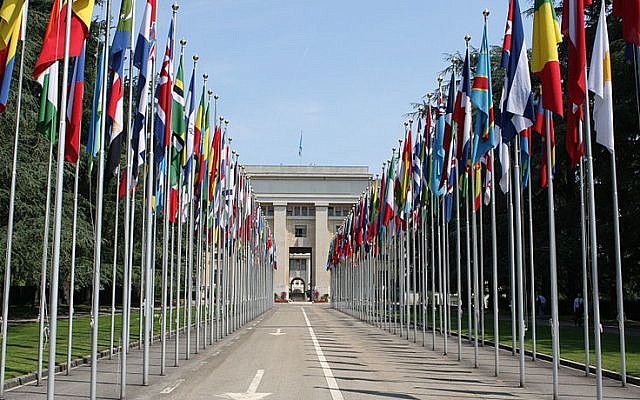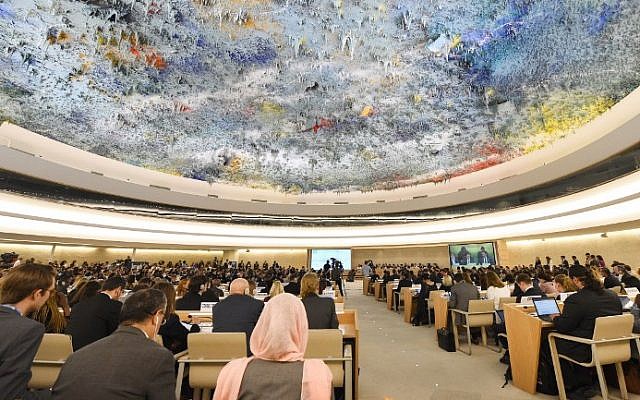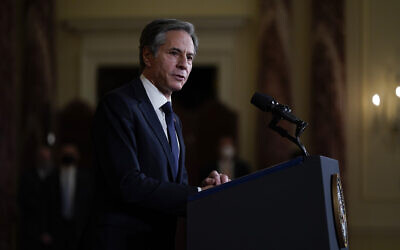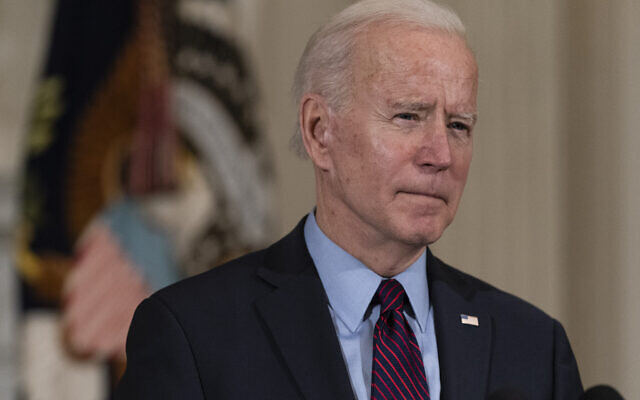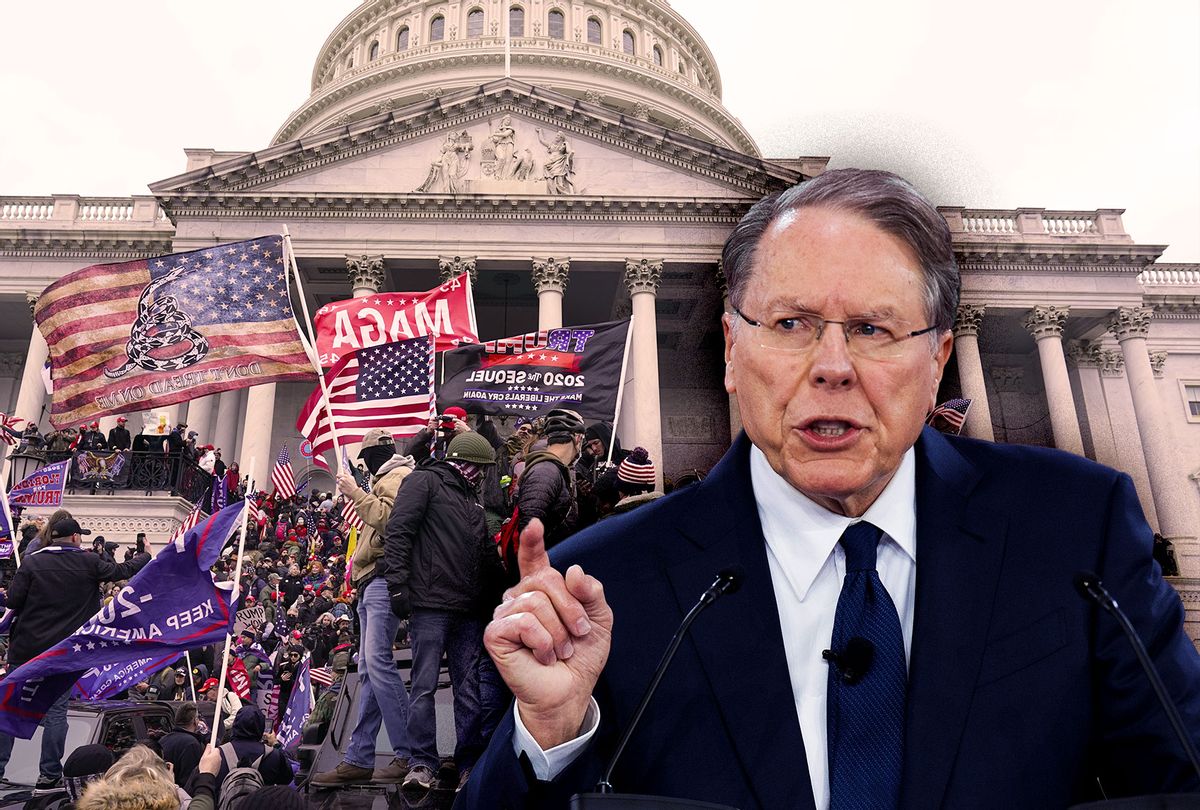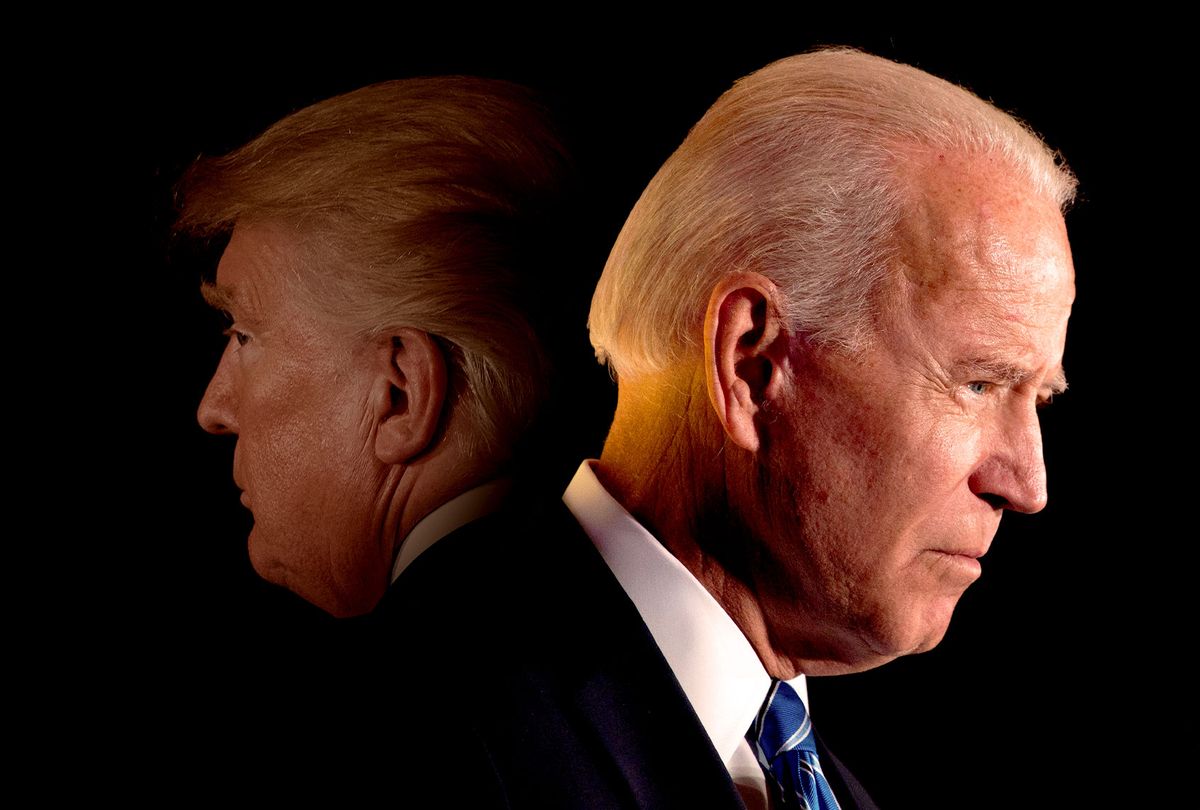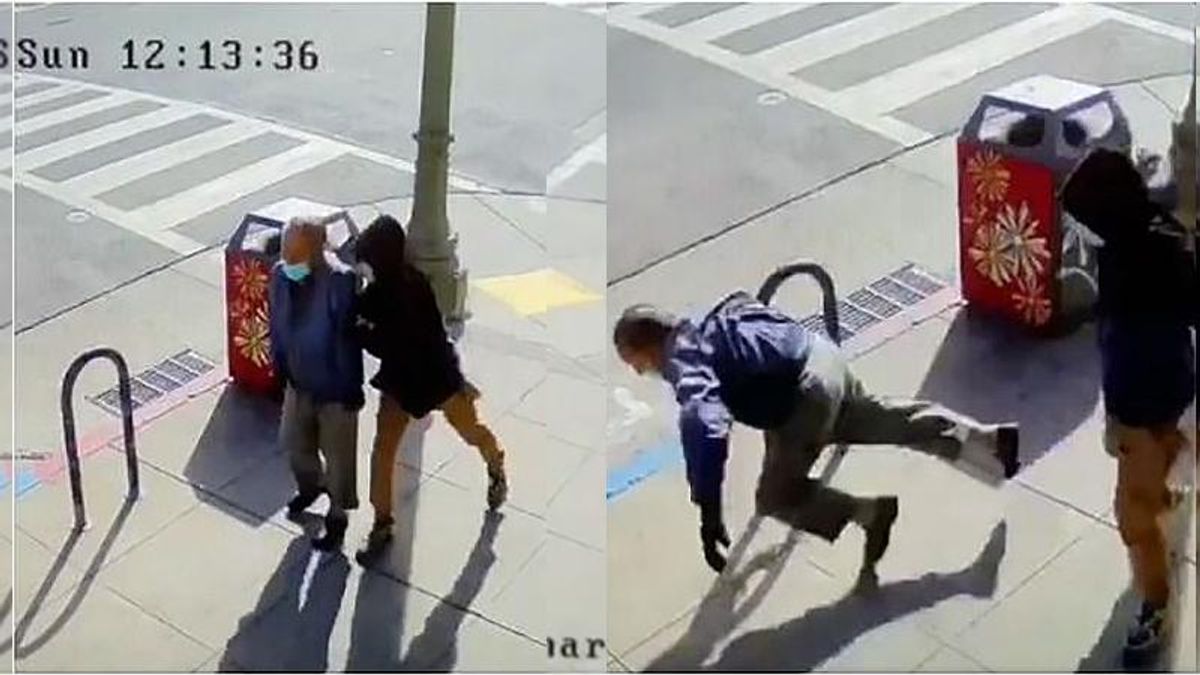FEBRUARY 08, 2021
ByWANG XIAOYUCHINA DAILY/ASIA NEWS NETWORK

A doctor holds a box of China's Sinovac vaccine, a potential vaccine for the coronavirus disease (Covid-19), at the Sao Lucas Hospital of the Pontifical Catholic University of Rio Grande do Sul (PUCRS), in Porto Alegre, Brazil, August 8, 2020.
Reuters
China's top drug regulator granted conditional market approval to a Covid-19 vaccine developed by domestic drugmaker Sinovac Biotech, the second candidate to receive the green light in the country.
Sinovac said in a statement released on Saturday (Feb 6) that it filed for conditional authorisation to the National Medical Products Administration on Wednesday (Feb 3) and obtained the approval on Friday (Feb 5).
The conditional approval is based on interim results from two months' worth of phase-three clinical trials overseas, Sinovac said, adding that the final analysis data is not yet ready and further confirmation of its safety and efficacy is needed.
The administration said on Saturday that it has instructed Sinovac to move ahead with its trials and submit new research results in a timely manner.
Like the experimental vaccine developed by the State-owned Sinopharm-the first product to be approved for public use on Dec 30-the Sinovac vaccine uses inactivated viral particles to trigger an immune response and requires two doses administered at 14 to 28 days apart.
After the initial stages of human trials in China demonstrated adequate safety and effectiveness across all age groups, the company launched phase-three trials in Brazil, Chile, Indonesia and Turkey on July 21, enrolling about 25,000 participants.

A doctor holds a box of China's Sinovac vaccine, a potential vaccine for the coronavirus disease (Covid-19), at the Sao Lucas Hospital of the Pontifical Catholic University of Rio Grande do Sul (PUCRS), in Porto Alegre, Brazil, August 8, 2020.
Reuters
China's top drug regulator granted conditional market approval to a Covid-19 vaccine developed by domestic drugmaker Sinovac Biotech, the second candidate to receive the green light in the country.
Sinovac said in a statement released on Saturday (Feb 6) that it filed for conditional authorisation to the National Medical Products Administration on Wednesday (Feb 3) and obtained the approval on Friday (Feb 5).
The conditional approval is based on interim results from two months' worth of phase-three clinical trials overseas, Sinovac said, adding that the final analysis data is not yet ready and further confirmation of its safety and efficacy is needed.
The administration said on Saturday that it has instructed Sinovac to move ahead with its trials and submit new research results in a timely manner.
Like the experimental vaccine developed by the State-owned Sinopharm-the first product to be approved for public use on Dec 30-the Sinovac vaccine uses inactivated viral particles to trigger an immune response and requires two doses administered at 14 to 28 days apart.
After the initial stages of human trials in China demonstrated adequate safety and effectiveness across all age groups, the company launched phase-three trials in Brazil, Chile, Indonesia and Turkey on July 21, enrolling about 25,000 participants.
Sinovac said that in clinical trials in Brazil involving nearly 12,400 health workers, the vaccine was 100 per cent effective at preventing Covid-19-related deaths, severe cases and cases requiring hospitalisation, 83.7 per cent effective for cases showing symptoms and demanding medical treatment, and 50.65 per cent effective for mild cases.
In Turkey, the vaccine had a 91.25 per cent efficacy rate based on interim results from 29 cases, Sinovac said.
"We will actively advance the phase-three clinical trials and clinical research, as well as push ahead with the product's registration and application in other countries and regions," it said.
Read AlsoSinovac says Covid-19 vaccine effective in preventing hospitalisation, death
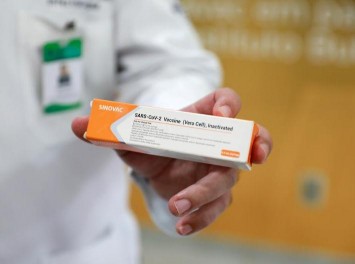
Sinovac's inactivated vaccine was first approved for emergency use with key groups in China in June, and has gradually gained emergency use approval in an increasing number of countries, including Colombia, Uruguay, Laos as well as in the four countries where the late-stage trials are underway or completed.
Mariangela Simao, assistant-director general for Access to Medicine and Health Products at the World Health Organisation, said during a briefing on Friday that the Sinovac vaccine is one of four vaccines "in very advanced stage "of the organisation's own emergency use evaluation system, known as the Emergency Use Listing.
With its vaccine in high demand, Sinovac said on Saturday that its second production line has been completed and is expected to open this month, which will double the company's capacity, making it abler to produce over 1 billion doses of vaccine annually.
"We are now scaling up the capacity of filling and packaging to catch up with the pace of producing vaccine fluid," it said.
